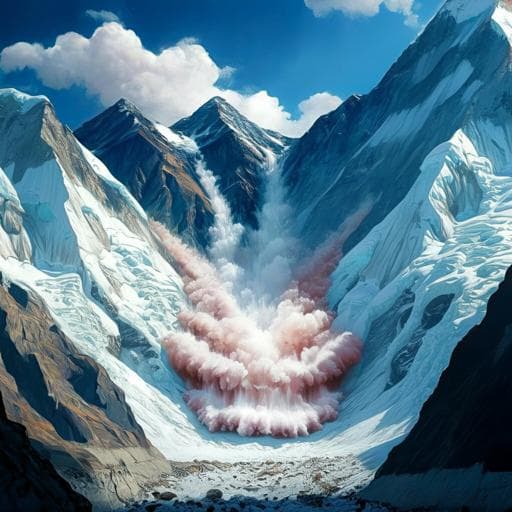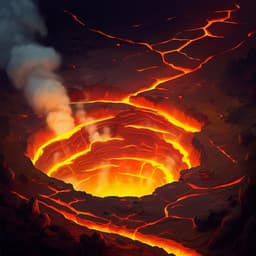
Earth Sciences
An earthquake-triggered avalanche in Nepal in 2015 was exacerbated by climate variability and snowfall anomalies
Y. Zhuang, B. Dawadi, et al.
This research dives into the Gorkha earthquake-induced avalanche in Langtang Valley, Nepal, revealing how snow cover and elevated temperatures contributed to the disaster's severity. The study, conducted by Yu Zhuang, Binod Dawadi, Jakob Steiner, Rajesh Kumar Dash, Yves Bühler, Jessica Munch, and Perry Bartelt, employs field investigations and numerical modeling to shed light on these critical environmental factors.
~3 min • Beginner • English
Related Publications
Explore these studies to deepen your understanding of the subject.







